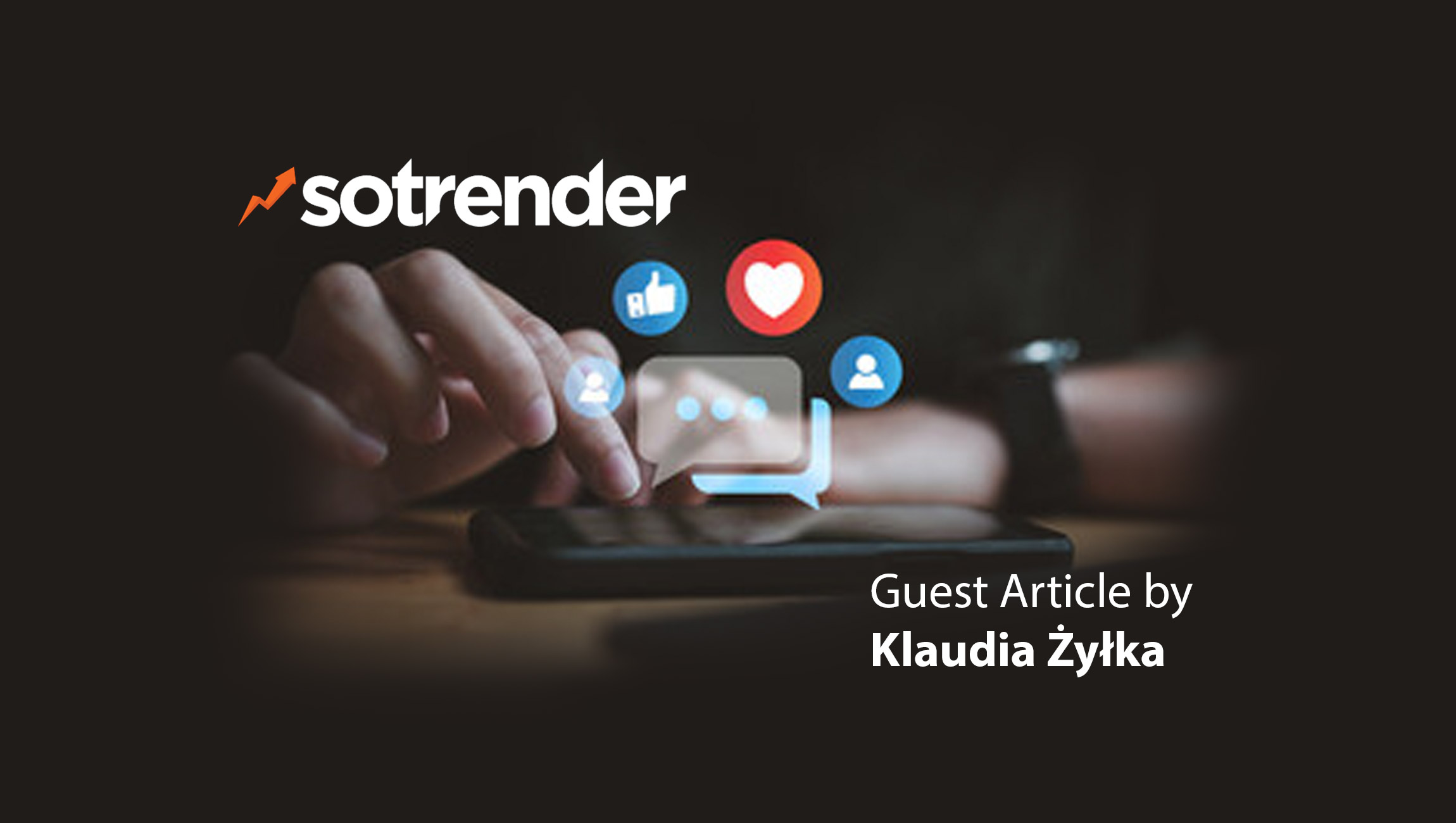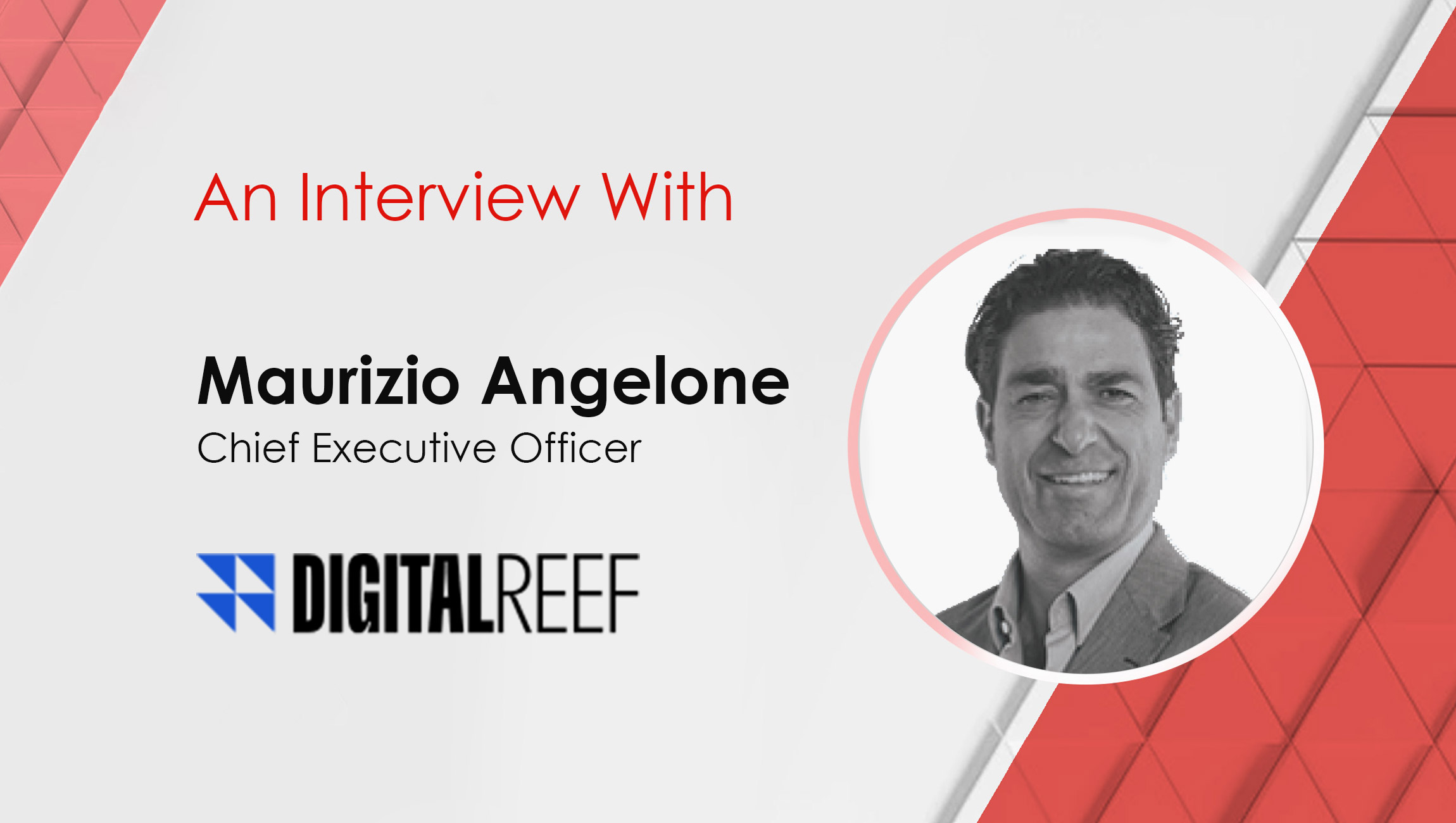Understanding the target audience and knowing who is your desirable user is key to successful marketing campaigns. Are marketers effective in identifying and choosing target audiences when creating their Facebook and Instagram ads?
Sotrender, a social media analytics company, has conducted research which clearly shows that the majority of ads created in Meta products do not hit their target audiences. As a result, these campaigns are cheaper, mind you they are much less effective. By reaching random users, without clearly defined audience marketers are burning their ad budgets.
What is audience saturation?
The key measure used in Sotrender’s research was audience saturation (also known as Facebook audience share), which reflects how effective marketers are in reaching their target audience on Facebook. This measure is calculated by dividing the ad set reach by Facebook’s estimated reach and converting the outcome into percentages. 100% of audience saturation would mean that the ad set reached the whole target audience estimated by Facebook.
In the research, Sotrender’s analysts wanted to find out:
- whether higher audience saturation translates into changes in CPC or CPM costs,
- what is the correlation between Facebook estimated reach and audience saturation.
Methodology
The research, conducted by Sotrender AI Team with the Federated Analytics approach, covered thousands of ad campaigns (over 20 000 ad sets) from the Meta ecosystem (Facebook, Instagram & others) from Q1 2022. Reach and brand awareness campaigns were analyzed separately from other campaigns.
The majority of marketers are reaching only 5% of their target audiences
Clearly defined audiences and careful audience selection are important because it means that the ads are reaching the right people and that the budgets are spent wisely.
However, Sotrender’s research shows that over 80% of ad sets analyzed had an audience saturation lower than 5%. It means that in the majority of cases, marketers are setting very broad audiences – either because they don’t know their desirable users or because they don’t know how to accurately define them in Facebook Ads Manager.
Also,
- 50% of all ad sets analyzed were reaching less than 1% of the set target audience,
- Only 10% of all ad sets were reaching more than 12% of the set target audience,
- The maximum Facebook audience share among the analyzed ad sets was 72%.
That all indicates that there is much room for improvement.
The research also reveals that ad sets with higher audience saturation are targeted to smaller audiences, which shouldn’t be surprising. The more specific the target audience is, the easier it is for Facebook to find the right users. It’s also the way to ensure that ads are reaching desirable users, not random ones.
As a consequence, though, increasing audience saturation means that the number of Facebook users who saw ads more than once is also increasing. With a smaller target audience it’s harder for Facebook to find the right users, that’s why the frequency indicator may be higher.
The conclusion is clear: the lower the estimated Facebook reach is, the bigger is audience saturation. Very big estimated reach means that it’ll be hard to reach our “ideal” target audience (for example ‘all US citizens’).
Marketing Technology News: Teads Appoints Karen Wang as Managing Director, Canada
The drop in CPM & CPC only for post engagement campaigns
One of the key findings in Sotrender’s research is that the ad cost is increasing along with the audience saturation.
Why is that? Once Facebook has reached a big part of the set target audience, it’s much harder to find new people that match the predefined criteria. The cost is increasing, because the algorithm has to put more effort into finding new users within the set target audience.
Such correlations are specially visible in reach and brand awareness campaigns.
- The median CPM between ad sets with audience saturation lower than 10% and higher than 90% increased by 115%, and the CPC increased by 38%.
- The cost of the CPM increased the most once marketers reached 90% of the target audience. After reaching 90% of the target audience, the average CPM doubled.
An exception are post engagement campaigns, as they behave differently from all the other campaigns. The main difference is that the cost of these ads (CPC and CPM) is decreasing along with increasing audience saturation. The average CPC decreases even by 85%, and CPM by 77%. The reason for this is, to a big extent, psychological. Users are less likely to engage with content that is not popular yet. The same post with at least some reactions is more appealing to new users, and the bigger engagement it has, the bigger are chances that it will go viral.
However, post engagement campaigns generally tend to be more expensive than other campaign types, and the ad sets have more outlier values (the costs per ad sets are varying a lot).
Marketing Technology News: MarTech Interview with Martin Hill, Head of Programmatic at Dianomi
Recommendations for marketers
- Target audiences should be clearly defined before the ad creation process starts. This is in order to make justified decisions, whether we aim to reach very specific audiences, or very broad ones.
- In order to make the ad campaigns more cost-effective, marketers should choose bigger target audiences, if the cost of reaching the potential user is lower. This is especially recommended for reach and brand awareness campaigns – these campaigns are designed to reach as many people as possible.
- The more precisely the target audience is chosen, the greater are the chances to get a satisfying and high audience saturation (Facebook audience share). To achieve the set goal in conversion and post engagement campaigns, it’s recommended to set as specific target audiences as possible.
- While reach campaigns target very broad audiences and conversion campaigns are aimed at very narrow groups of people, post engagement campaigns might be a happy medium – they can reach new people at relatively low cost. The only condition that has to be met to make them effective is getting users’ engagement from the very beginning.
- The goal of every campaign should be defined in the first place: whether we aim at keeping the ad costs (CPM, CPC) at a reasonable level and reaching as many users as possible or achieving very specific business goals (e.g. acquiring valuable leads or increasing sales).
Marketing Technology News: The Problem Of Too Much Choice: How Can Marketers Reduce Buyer Friction And Simplify The…











